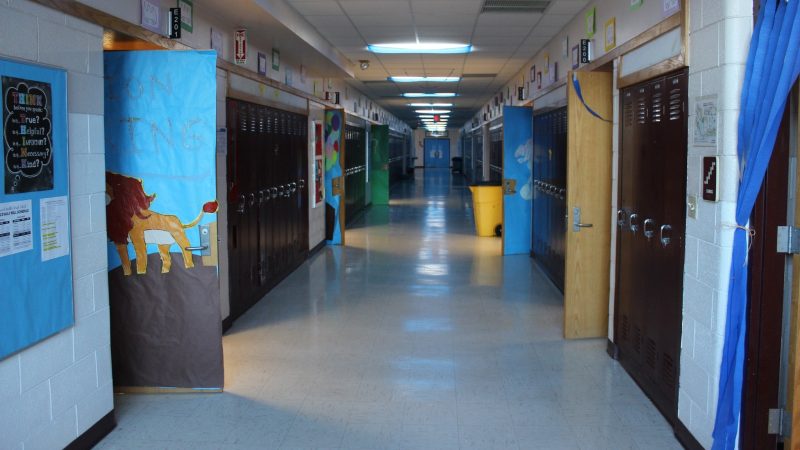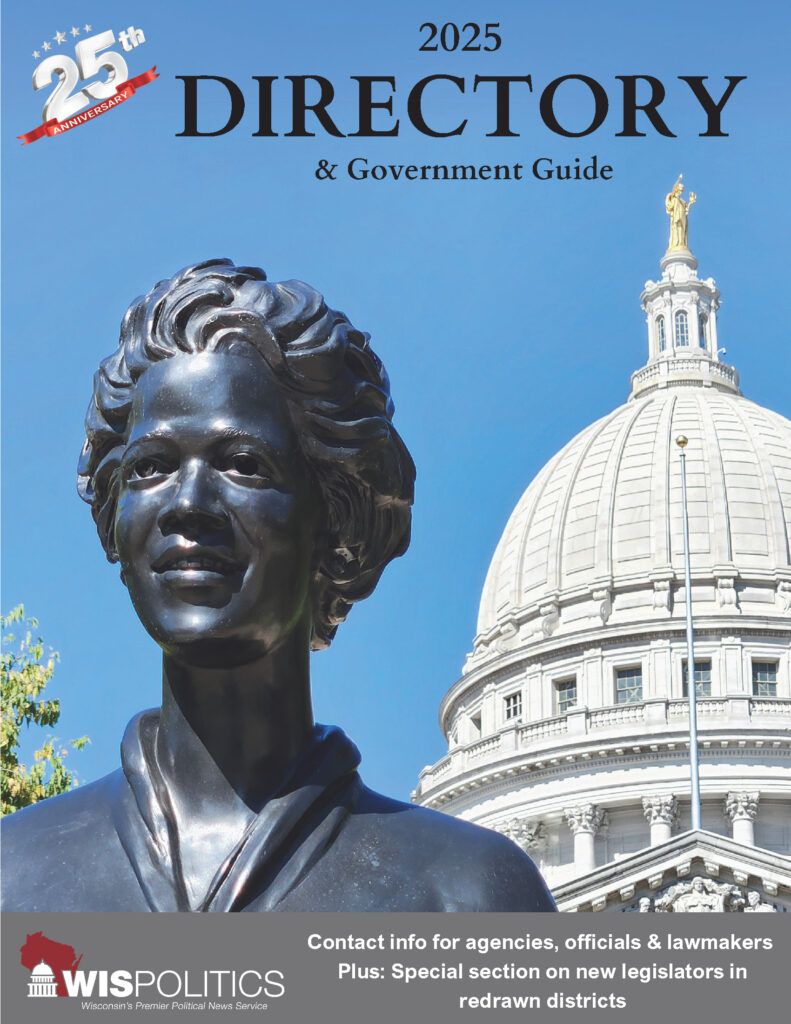As GOP lawmakers advance legislation to encourage school districts to merge amid declining birth rates in Wisconsin, education stakeholders say districts considering consolidation could use extra support.
The state’s population is projected to drop by nearly 200,000 by 2050, and those backing the legislation have cited the projection to argue maintaining 421 school districts is unsustainable. According to the Department of Public Instruction, more than two-thirds of the state’s districts show declining enrollment and more than half of the districts across the state serve fewer than 1,000 students.
Despite declining enrollment, only five school district consolidations have occurred over the past 20 years. The most recent was in 2018, when the Friess Lake School District and Richfield Joint School District No. 1 joined to create the Holy Hill Area School District in Washington County.
Tara Villalobos served as administrator of the Richfield district in 2018, and stayed on at the consolidated Holy Hill Area School District until 2023. Legislators began proposing the current $150 per-pupil support for consolidating districts around the same time Richfield and Friess Lake decided to consolidate.
>> WisPolitics is now on the State Affairs network. Get custom keyword notifications, bill tracking and all WisPolitics content. Get the app or access via desktop.
Villalobos told WisPolitics the previous approach of determining aid was “much more friendly” in terms of overall dollars for districts. That approach involved determining different amounts of aid based on districts’ property values and spending.
“This is my personal feeling. I do think that that consolidation aid, the reduction, is one of the reasons that you’re not seeing as many consolidations now, because it’s not enough to support it,” Villalobos said. “And so I do think that the new bill that’s been put out, I think that that has been, you know, a good attempt to keep it easier to calculate, but increase that amount.”
Villalobos said she raised the alarm about the $150-per-pupil approach after calculating that the district would have lost out on more than $882,000 over four years compared to the formula in place at the time. She said while she liked the idea of providing funding per pupil to make it easier for districts to calculate aid, the $150 wasn’t enough.
At the time, lawmakers allowed the 2018 Holy Hill consolidation to go forward under the previous formula. When the new district was formed in the 2018-19 school year, it had about 545 students.
Under current law, consolidated districts are eligible for additional state aid of $150 per pupil over five years following the merger. They then get a percentage of that amount in the sixth and seventh years. The Assembly last week signed off on a six-bill package to expand incentives and support for districts considering consolidation, including proposals to require a study of potential school district consolidations and provide grants for agreements to share certain grades across multiple districts.
Democrats are blasting the legislation, arguing it will lead to the shuttering of schools across Wisconsin and that what districts really need is increased funding from the state.
“Nobody is asking us, after more than a decade of the GOP underfunding our schools and sending state dollars to vouchers, to incentivize closing schools across the state,” Assembly Minority Leader Greta Neubauer, D-Racine, said. “Wisconsinites do not want to close school buildings, break up their communities, force their kids to ride on the bus for hours a day, or lose their local sports teams. Wisconsinites want us to fund our public schools.”
Rep. Amanda Nedweski, R-Pleasant Prairie, argued no amount of referendums or increased spending can reverse declining birth rates.
“More spending is not a strategy; it’s denial,” Nedweski said.
GOP lawmakers’ latest legislation includes a bill to create a new aid program for districts that consolidate on or after July 1, 2026. It aims to address concerns about higher property taxes by providing supplemental aid if the levy rate of the consolidated district is higher than the lowest levy rate of the original districts.
Another bill would increase aid for consolidations that take effect in 2026, 2027 and 2028. The proposal would raise the $150 per-pupil amount to $2,000 in the first year of the consolidation, which would then go down to $150 for the subsequent six school years.
In the Assembly, lawmakers amended AB 644, changing the years impacted to 2027, 2028 and 2029. The amendment also staggered the aid to provide $1,500 per pupil in the first year, $650 per pupil in the second year and $150 per pupil in the subsequent three years.
Villalobos said it’s important to ensure a gradual reduction in funding, rather than a cliff, which she said hurts districts.
“Definitely the additional money would be much appreciated and valued by the districts, because there is a lot that happens in a consolidation, but that phased step-down approach in aid is critical,” Villalobos said.
Joe Green is the administrator of the Greenwood School District in Clark County. He’s working on a potential plan with Loyal School District Administrator Chris Lindner to consolidate the neighboring districts. He said the districts have discussed consolidation on and off over the past few decades.
Green said the district has faced a need for qualified staff, along with a rapidly growing Amish and Mennonite population in the area.
“Loyal and Greenwood are probably as good of a fit for consolidation as you’ll find based on the fact that we’re only seven miles apart,” Green said. “We share a bus service, so Greenwood bus service is only Greenwood and Loyal. We have a similar mill rate, neither one of us have any debt. We’re co-opting over 50% of our athletics.”
Loyal had 468 students in the 2024-25 school year, compared to 339 students at Greenwood.
The districts are working toward creating a consolidation plan that will go to a binding vote in both communities in November 2026. If approved, they would consolidate in July of 2028. Green said the consolidation bills would be “extremely helpful.”
He said extra money could help the districts keep certain people on staff during the transition period and fund any small projects that might be necessary.
Green also noted that even if the districts consolidate, they would still likely need to pass an operational referendum to maintain adequate services.
“But we’re hoping that the operational referendum would be significantly less together than what it is separately, which would offer our taxpayers a little relief,” Green said.




